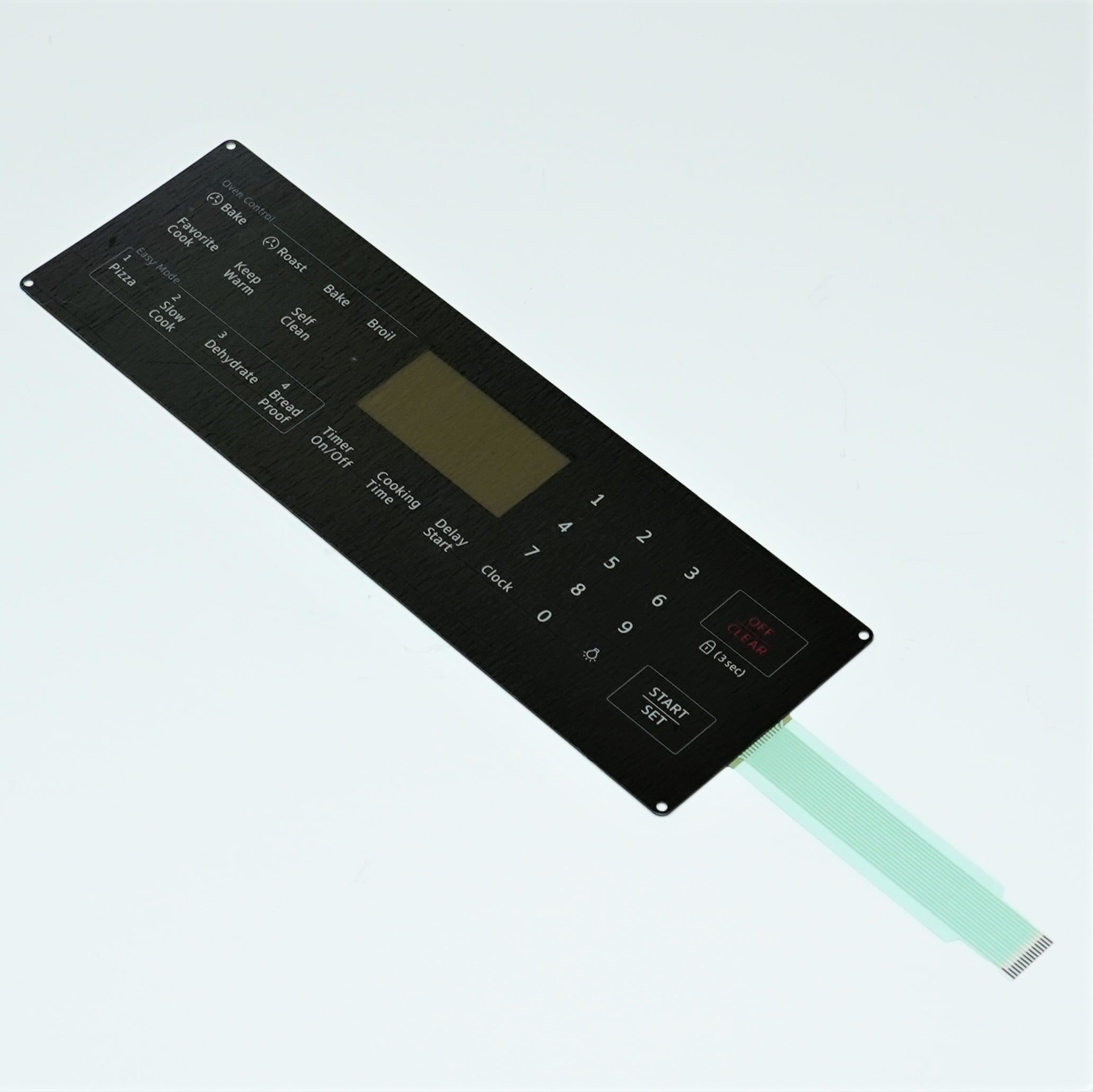Comprehending Membrane Switches: The Trick to Durable and Reliable Controls

What Are Membrane Layer Switches?
Membrane buttons are an innovative service in the world of interface innovation, integrating performance and design effortlessly. These gadgets act as a user interface between individuals and electronic systems, integrating a number of components into a small format. Usually built from flexible, thin layers of products, membrane layer switches are developed to reply to touch, enabling individuals to interact with machinery and electronic gadgets properly.
The key elements of a membrane layer switch include a printed circuit layer, graphic overlay, and a spacer layer that avoids unexpected activation. The graphic overlay can be personalized to mirror brand identity or customer preferences, enhancing aesthetics while guaranteeing functionality. Membrane switches are generally utilized in various applications, including clinical gadgets, consumer electronics, and industrial equipment, owing to their longevity and resistance to environmental aspects such as moisture and dust.
Among the crucial benefits of membrane buttons is their capability to endure deterioration, making them perfect for high-traffic atmospheres. Furthermore, they are lightweight and require very little area, enabling cutting-edge designs in product advancement. In general, membrane switches represent a practical and reliable option for modern-day digital user interfaces, weding technology with user-centric layout principles.
Just How Membrane Changes Work
The procedure of membrane layer switches hinges on a straightforward yet effective device that equates user input right into electronic signals. When a user presses the switch, the top layer flaws, allowing a conductive aspect in the circuit layer to make contact with a corresponding conductive pad on the bottom of the visuals overlay.
The layout of membrane layer buttons can vary, however they usually incorporate domes or tactile components to offer feedback to the individual, enhancing the overall experience - membrane switch. The products made use of in membrane layer switches, such as polyester or polycarbonate, add to their durability and resistance to environmental factors, including moisture and dust. The published circuits are generally enveloped, which see post protects them from wear and tear over time.
Benefits of Membrane Switches

Furthermore, membrane layer switches are known for their toughness. Constructed from robust products, they are immune to dust, wetness, and physical wear, which dramatically extends their lifespan compared to conventional mechanical switches. This sturdiness makes them specifically ideal for high-traffic atmospheres and applications calling for long life.
One more substantial advantage is the simplicity of cleansing and upkeep. The smooth surface of membrane layer switches minimizes dust accumulation and is typically unsusceptible spills, making them ideal for settings that require frequent sanitization.
In addition, membrane switches use a streamlined profile, leading to a thinner style that can be incorporated right into different tools without adding bulk. This feature not only improves the visual charm yet likewise adds to a much more ergonomic item design.
Applications of Membrane Switches
Functional and straightforward, membrane layer switches discover applications throughout a large range of markets, including clinical gadgets, customer electronic her response devices, and industrial tools. In the clinical area, these buttons are important to gadgets such as analysis equipment, patient monitoring systems, and infusion pumps, where dependability and simplicity of cleansing are crucial. Their capacity to preserve and hold up against rough environments capability makes them excellent for such applications.

In customer electronic devices, membrane layer buttons are used in products like microwaves, washing makers, and remote controls - membrane switch. Their sleek design permits intuitive interface, boosting the general individual experience while giving longevity and resistance to deterioration
Commercial tools likewise takes advantage of membrane switches, especially in control panels for machinery and automation systems. These switches use protection against dirt and moisture, making certain consistent performance in challenging environments. Moreover, their customizable features allow suppliers to tailor them to particular functional needs, enhancing performance and performance.
Picking the Right Membrane Change
When selecting a membrane switch, it is vital to take into consideration different elements that influence performance and viability for details applications. The key factors to consider consist of environmental conditions, responsive comments, resilience, and layout specs.
First, evaluate the operating environment; buttons subjected to moisture, chemicals, or extreme temperatures require specific materials to ensure longevity and functionality. Next off, examine the requirement for tactile feedback. Depending on customer communication, some applications may take advantage of a responsive action to confirm activation, while others may favor a non-tactile design for visual reasons.
Sturdiness is one more vital aspect; membrane layer switches must be developed to hold up against regular use, influences, and abrasion. Ensure the selected button can sustain the anticipated lifecycle, specifically in high-usage situations.

Conclusion
In verdict, membrane switches over serve as essential parts in the style of long lasting and trusted control systems across numerous industries. The flexibility of membrane switches over enables for tailored options that meet details functional needs, reinforcing their value in contemporary innovation.
Membrane layer changes represent an essential facet of contemporary user interface layout, mixing capability with strength in various applications.Membrane buttons are a sophisticated service in the world of customer interface innovation, combining functionality and design effortlessly. Usually constructed from flexible, thin layers of products, go to this site membrane layer buttons are made to respond to touch, making it possible for users to communicate with machinery and electronic tools effectively.
The layout of membrane buttons can differ, yet they usually incorporate domes or tactile aspects to supply feedback to the user, enhancing the overall experience.In verdict, membrane changes offer as crucial elements in the design of long lasting and dependable control systems across different industries.